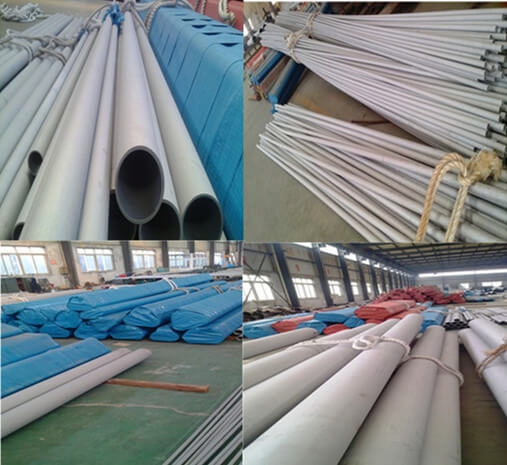Brinell Hardness Testing By yaang.com
 In this test a standard constant load, usually 500 to 3,000 kg, is applied to a smooth flat metal surface by a hardened steel ball type indenter, 10 mm in diameter.
In this test a standard constant load, usually 500 to 3,000 kg, is applied to a smooth flat metal surface by a hardened steel ball type indenter, 10 mm in diameter.
The 500-kg load is usually used for testing nonferrous metals such as copper and aluminum alloys, whereas the 3,000-kg load is most often used for testing harder metals such as stainless steel tube and cast irons. The numerical value of Brinell Hardness (HB), is equal to the load, divided by the surface area of the resulting spherical impression.
The Brinell hardness test consists of indenting the test material with a 10 mm diameter hardened steel or carbide ball subjected to a load of 3000 kgf (29 430 N). For softer materials the load can be reduced to 1500 kgf (14 715 N) or 500 kgf (4 905 N ) to avoid excessive indentation. The full load is normally applied for 10 to 15 seconds for harder ferrous metals and 30 seconds for other metal softer metal. The diameter of the indentation left in the test material is measured with a microscope.The Brinell hardness number is calculated by dividing the load applied by the surface area of the indentation.

Where P is the load, in kg; D is the diameter of the ball, in mm; and d is the diameter of the indentation, in mm.
Source: Zhejiang Yaang Pipe Industry Co., Limited (www.yaang.com)
